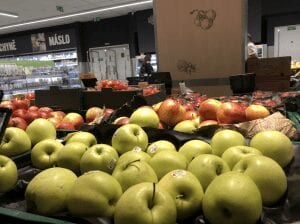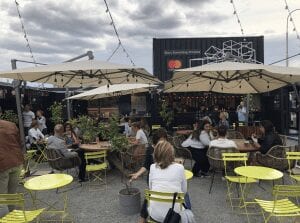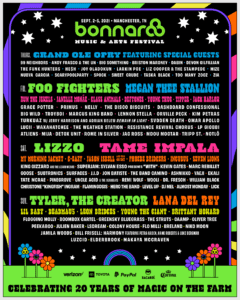Prague: one of the world’s newest “foodie” destinations

Café Chloe in Prague
The nation that once worshiped the dumpling is now becoming a popular “foodie” destination, boasting Michelin star dining and other trendy spots to eat out.
As the Czech Republic continues to see growth, so does the quality and religion behind food and its impact. Jan Valenta who runs the Taste of Prague food tours says the city of Prague has especially seen this growth due to its rise of tourism and overall growth in wealth of the people living there.
“The food scene goes hand-in-hand with general affluence, people have to have money to eat out. We have seen a big growth of that in Prague. People have also been traveling much more,” Valenta said.
Historically, Prague and the Czech Republic have not always had the most divine cuisine. Common meals in the country include a simple meat filled schnitzel or a goulash of some sort. However, Valenta described the food as honest and unpretentious. He even goes on to say the food is casual and friendly.
As social media begins to take a forefront in society, people are pulling influence from it constantly. As in the past, traveling and exploration was one of the main contributors to helping contribute in said influence.
However, restaurants like Cafe Chloé located in Prague have started to actually make their entire business model based off of Instagram and its influence. The café uses aesthetically pleasing decorations and backgrounds to draw people in to take pictures while they eat.
Part of the growth in newer restaurant styles and trends has also been partly due to the fact that the Czech Republic has not always received the greatest quality of food products compared to their western neighbors. The European Commission has opened an investigation to determine whether these claims of mislabeled items and quality differences are true.
According to an article published by Radio Prague, the study uncovered that roughly 31 percent of all food items studied were either completely wrong or mislabeled food items.
Traveling chef Jeff Hayes explained that he sees these effects every day in the supermarkets:
“If you go to the supermarkets, it’s obvious that the grade of produce that they are getting here is not the same as Berlin, Frankfurt, London, Paris or even Vienna for that matter,” Hayes said.

Restaurants are not the only models thriving in Prague. Markets have started to prove their place as well. Prague is the home to their very own Manifesto Market. The market is a completely sustainable and diverse food vending space used to represent many nationalities, fresh food and some of the world’s best chefs.
The Manifesto Market is comprised of over 25 vendors whose locations are all made from recycled shipping containers like the one from that site accommodation in London. They have been retrofitted for each vendor to be able to provide a complete “experience” from the kitchen to the table. The market’s communications director, Radka Ondrackova, explains how the market has proven itself unique.
“Everyone who is here in the market has to bring something that you can’t find somewhere else. We don’t become a clone location of an existing project, they create something specifically for this place,” Ondrackova said.
Places like the Manifesto Market have begun to make their mark in Prague’s food culture. Although they may not all be modeled in the traditional way, each of these restaurants have the fact of international influence all in common with one another.

Like many other cities, Prague has started to earn its stripes one may say in regard to being a “foodie” city. The way other cities have gone about this is due to the influx of world renowned chefs setting up camp in the areas.
As these new chefs begin to come into the country, so does the clientele. As the food culture has begun to grow, the city of Prague has started to see nicer restaurants pop up as well. The city hosts multiple Michelin star restaurants, which is the best scale your restaurant can be graded on and rewarded with recognition of approval.
However, these fancy establishments have not been the deciding factor of Prague and its popularity with its food culture. It is actually due to the more casual and aesthetically pleasing restaurants popping up all over town.
“I think what there is now that is shaking the culinary world is like a smart fast food, a casual dining. I think there has been a shift from super fancy into really smart and really flavorful simple food, fast food,” Valenta said.
The classic dumpling, schnitzel, goulash and many other traditional foods will always be a part of Czech cuisine. Places like Prague however, are transforming these dishes into an entire experience for the customer. One that they hope will provide them with the memory of a lifetime.
Written by Ford Sanders
Featured image and photos by Ford Sanders
Video by Lauren Meyers
Edited by Ciera Noe



